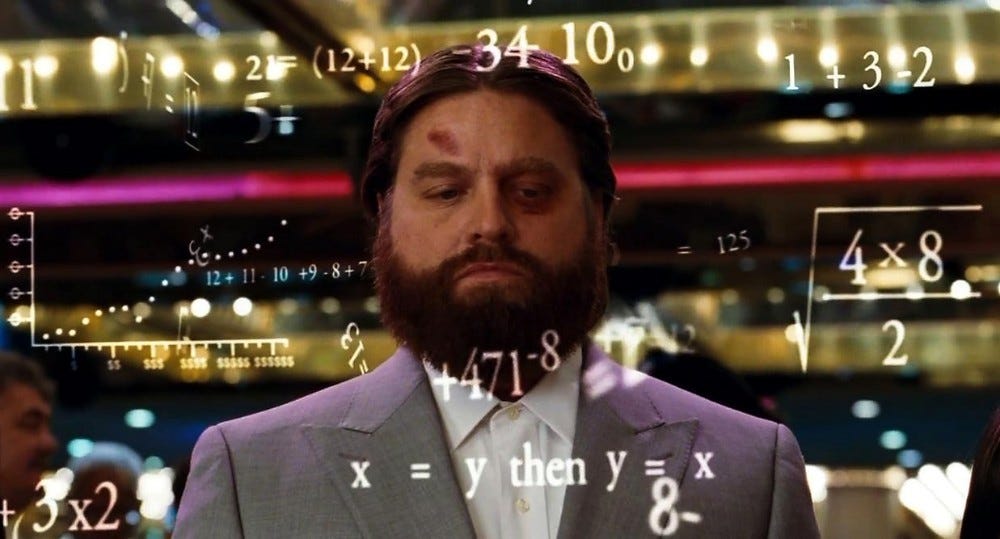Streaming Wars
Apple Music, Spotify and the latest in Streaming Wars
We write a daily newsletter on all things Music, and the Business and Tech behind it. If you’d like to get it directly in your inbox, subscribe now!
What’s up, folks?
Yesterday, Apple Music released a newsletter to its artists breaking down how much on average they pay artists per stream on its platform.
This newsletter comes on the back of Spotify releasing similar data last month via a website called “Loud and Clear” around how its Revenue Model works in various countries. You can check it out here.
Apple claims in its data that it paid an average of $0.01 or 1 cent per stream to artists, which is roughly half of what experts claim that Spotify pays. However, Spotify has a much-complicated model of compensating its Artists, let’s break it down here 👇🏻
Spotify does NOT directly pay the artists. The claims from “experts” attaching the value of half a penny per stream is at best an average estimation. So how does it work?
Spotify has individual deals with Record Labels and Distributors/Aggregators which hold rights to Artists’ music. It typically pays out 2/3rd of what it earns from subscription money and advertisers on its platforms to such Record Labels.
So far they have paid out around north of $23 Billion in royalties to such Record Labels with almost $5 Billion of it given out last year alone. These royalties given to the Record Labels, which hold the rights to the Artist’s music, is split up into two buckets:-
Recording- Recordings are performances that can be played back or reproduced in physical form. This is the original copy of when the song was first recorded, and an Artist owning its Master Recordings means freedom to distribute it in whatever manner they choose. Spotify appropriates roughly 70-75% of the royalties it pays out to the Record Labels under this bucket.
Publishing- The underlying composition of a recording, its music, and lyrics, is Music Publishing, i.e. the money an artist makes when other individuals or groups use the music they wrote. This includes a Record Label reproducing their music (Mechanical Royalties); a Radio Station, Website, or Restaurant playing their music publicly (Performance Royalties); or a producer using their music in a Movie or Television show (Sync Royalties). Spotify assigns roughly 25-30% of its royalty payouts to this bucket.
Further, this money is then divided between whoever the Record Labels owe it to, which includes the Artists, Distributors, Aggregators, Talent Managers, Agents, and so on. You can check out the video that Spotify released which tries to explain the same:
Apple has a comparatively different approach. They have a flat 52% revenue share rate for all Record Labels irrespective of which country they are in or whether they are an Independent Record Label or a Major Global Label. This is in stark difference to Spotify which uses the concept of Streamshare or basically giving payouts to Labels based on the performance of its Music in that particular country among other factors.
This is what Apple said in its newsletter laying out their ideals:
“We believe in the value of music and paying creators fairly for their work. Since we launched the iTunes Store in 2003, we have helped millions of artists and songwriters make a living from music. As the discussion about streaming royalties continues, we believe it is important to share our values. We believe in paying every creator the same rate, that a play has a value, and that creator should never have to pay for features.”
You can read the entire newsletter released by Apple here.
It is an insanely complex system that has too many middlemen involved and the bridge between the Artists and the Fan means that it is tough for an Independent Artist to make a living off their music unless they sell their Masters or Rights to a Record Label which can then use its network to distribute it to various stakeholders.
One of the objectives of Incentify is to bring the community aspect of Music back, and try and build a Product that enables Artists to not only connect with Fans directly but leverage the possibilities opened up by mainstream adoption of Crypto to earn directly from their Fans.
Check out this space for progress on that front, till then enjoy these content pieces as we try and bring to you interesting anecdotes and stories on all things Music along with explaining the Business and Tech behind it.
P.S- OTD in 1973, the all-time Classic Rock Album by Pink Floyd, Dark Side of the Moon, went gold in the US Charts, staying there for 10 years, and became the longest-charting Rock record of all time.
Check it out, makes for a perfect Saturday evening, have a good one 🍻
If you liked this newsletter from Incentify, why not share it with someone you like? Let’s build the community :)
P.S- Follow us on Twitter now!






Good work Bhau!